Sometimes it takes me a while to digest things. And by things, I’m not talking about food. Luckily I have no problems with cheese or gluten or meat (actually, I have a problem, but it’s not about tolerance). I’m talking about ideas. Often I’m so busy, going from one place to the next, from one meal to another (and another and another) that it’s only a few months later that I am able to put things into perspective.
At the moment I’m very behind on catching up on my some of my favorite adventures over the last few months. Since I began this blog over 5 years ago, I’ve always posted three times a week . Lately, though, I’ve been slipping. One outcome of this is that I’ve decided to post only twice a week from now on, rather than three. I hope you’re ok with that. I’ll be making up for it, though, through various other channels. Please make sure you sign up for my monthly newsletter (where a lot of that extra stuff will end up) as well as following me on Facebook, where I”m going to start posting extra long trip reports complete with photos. (You actually don’t have to ‘friend’ me, just hit ‘follow’ and you’ll be all set). A lot of you already follow me on Instagram (thank you!) but I’ve also recently jumped on the Snapchat wagon (eminchilli) and am loving it! It gives me the chance to post in real time what I’m up to (and by ‘up to’ you know I mean eating)
But there is also an upside to not having enough time to post things right away on my blog. It gives me time to digest what I’ve seen, and gain more perspective. For instance, I just now realized that over the last few months, without really planning or even trying, I’ve learned an awful lot about flour and pasta. Not only have I gotten my hands dirty leaning how to make spaghetti alla chitarra and bussiate, I’ve gone even deeper, visiting three very different flour mills.
In July I was lucky enough to spend five days in Abruzzo as guests of the Rustichella d’Abruzzo pasta company. Over the course of the trip I fell in love with a region that I had only driven through previously. I had wonderful meals, and even made it all the way to the coast. The highlight, though, was learning about Rustichella pasta.
I’d always been a big fan of this company’s pasta, and have been cooking with it for the last 10 years or so. Along with a few other brands, it was one of the first to bring high quality, artisinally- made pasta, to a wider market.
There are several factors that differentiate regular dried pasta from companies like Barilla and Buitoni from the artisinal brands like Rustichella, Martelli, Benedetto Cavalierfi and Faella. One is attention to ingredients (not only the flour, but also water) . The other is of course the process itself. A lot of people ask me about the difference between dried past and fresh pasta. But I’d like you to start thinking (if you aren’t already) about the difference between one dried pasta and another. Here are the major factors that differentiate artisinally made dried pasta from industrial brands:
- Artisinally made pasta is extruded through bronze dies (vs. teflon) which gives it a rough texture.
- Artisinally made pasta is dried at a lower temperature over a longer time which not only improves flavor but gives it a completely unique texture: firm and chewy, that is never found in industrially made pasta.
- Artisinally made pasta is made with just flour and water with no extra colorings, preservatives or additives. It is also usually made with high quality flour, as well as special attention to the water that is used.
I know I’ve written about it in the past, but if you haven’t already done it, I’d like to you try one of the high end brands, next to the one you usually buy at the supermarket. I realize they cost a lot more, but for me, at least, that extra amount spent is worth it. And the difference in taste, in texture and in the finished dish is hard to describe here, so you’re just going to have to experiment yourself. I’ve provided a list of some of my favorite brands, and sources below. And if you have time, and energy, try making two batches of pasta, one of your regular brand, and one of the better ones. Then dress them with a simple coating of olive oil. Then report back. (Homework!!)
But back to the Rustichella visit. This summer I was invited to celebrate the wheat harvest of Primograno, Rustichella’s efforts to go one step further when it comes to ingredients in this pasta. Most companies (including Rustichella themselves) use a mixture of flours which almost always includes flour imported from North America which is a main source for durum wheat and has the high level of protein necessary for pasta making. (for more on pasta, flour, etc see the reading list below). But Rustichella Primograno celebrates locally grown durum wheats, what were in danger of dying out.
They have partnered with local farmers from Abruzzo who have agreed to grown local, traditional varieties (Carlo, Varano and Mongibello) in the area around Pianella, Moscufo and Loreto Aprutino. Each year 100 hectares are set aside for this harvest. Together with various national and international research institutes they are working not only to preserve this ancient grain, but to select varieties that will increase the protein so that these grains will become more widely used.
While it was moving to learn about this large scale preservation of an endangered variety, it was also thrilling to be able to witness first hand the entire pasta making process: from field to mill to factory to table. During my time in Abruzzo I was invited to help celebrate the Primograno harvest at a twilight dinner in the middle of the fields of wheat. The next day we visited one of the mills where the grain is processed into flour. We then headed to the Rustichella factory where the flour is turned into pasta. I saw first hand how the flour and water are mixed, then extruded through bronze dies into shapes that are then dried carefully over the course of 24 hours. (vs. minutes for industrially produced pasta)
And finally, you know full well that I managed to eat many, many plates of pasta.
Although I can’t convey the taste right here, I can let you see the process. Here , below, is a video I made over the course of a few days. From field, to mill, to factory to plate. The main part of the video shows my visit to the factory where they were making Spaghettoni the day I was there. It was fascinating and I could have spent hours there except for the fact that it was so hot I thought I would die. (the things I do for you guys)
In the next few weeks I’ll be posting more about my adventures visiting flour mills over the summer, in Umbria and in Sicily. Different flours, different pastas and breads. But none of my visits to mills, factories or anywhere else for that matter included a guy putting a paper mache’ woman on his head, lighting it with fireworks and then dancing around wheat fields . I’m still ‘digesting’ this spectacle and not quite sure how to put it in any context what-so-ever. If you have a clue, let me know. It’s the second video below.
Reading about Pasta
There have been some great books in the last few years written about pasta. They include tons of information not only about pasta, but about flour as well. Here are some of my recent favorites.
And if you’d like to try the taste test yourself, you can find many of the brands I love, including Rustichella, Martelli, Cavalieri and Faella, through these online stores:
Zingermans
Market Hall (which also carries PrimoGrano)
Gustiamo
Formaggio Kitchen
I visited Abruzzo while on a press trip sponsored by the pasta makers Rustichella d’Abruzzo and was invited by Manicaretti importers.
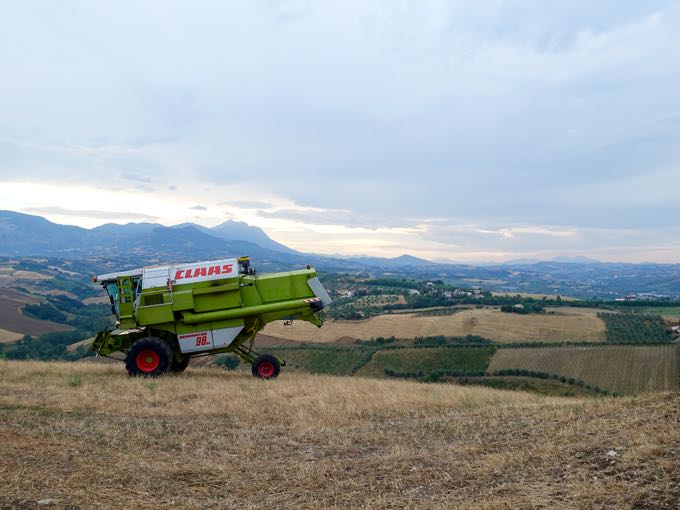
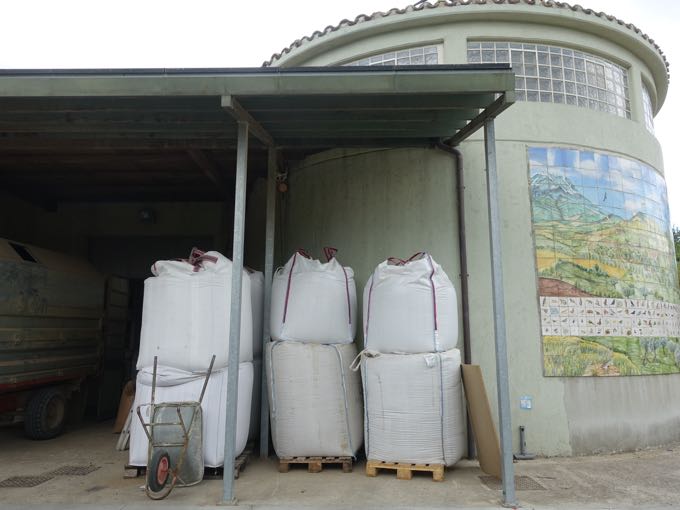
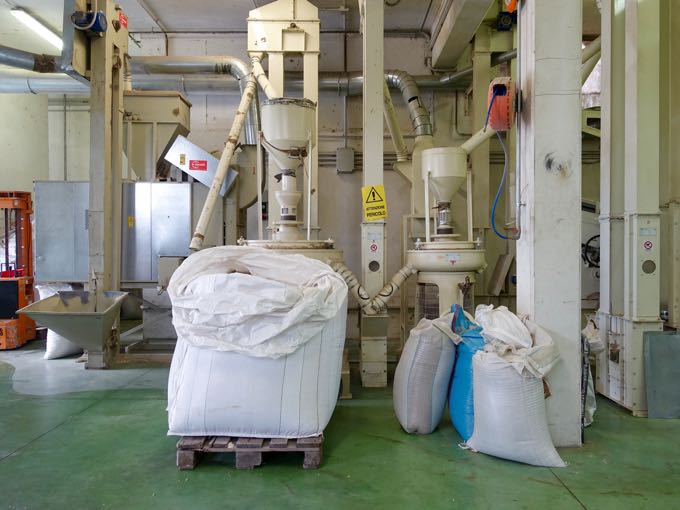
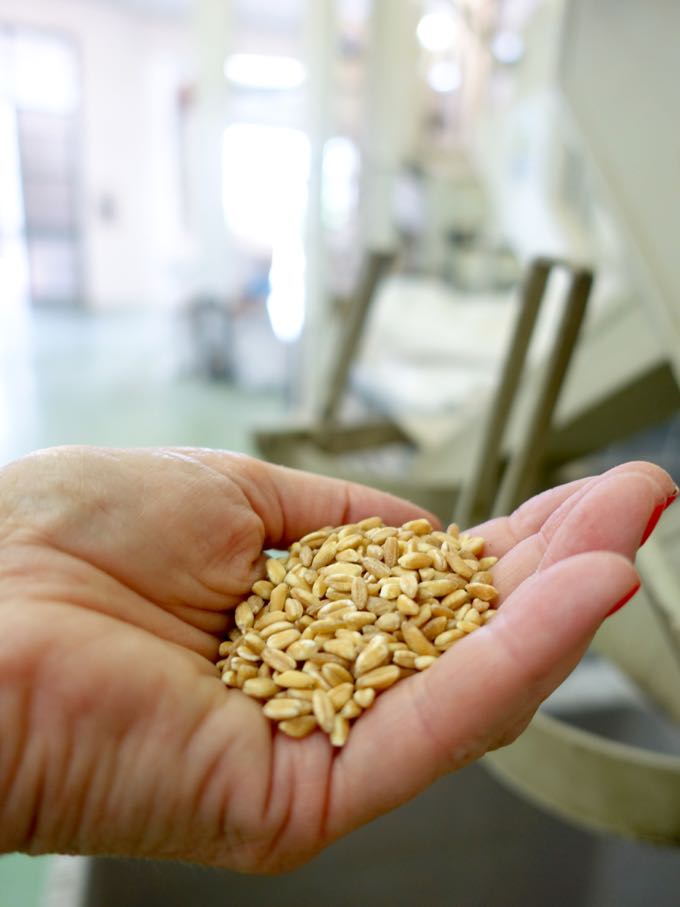
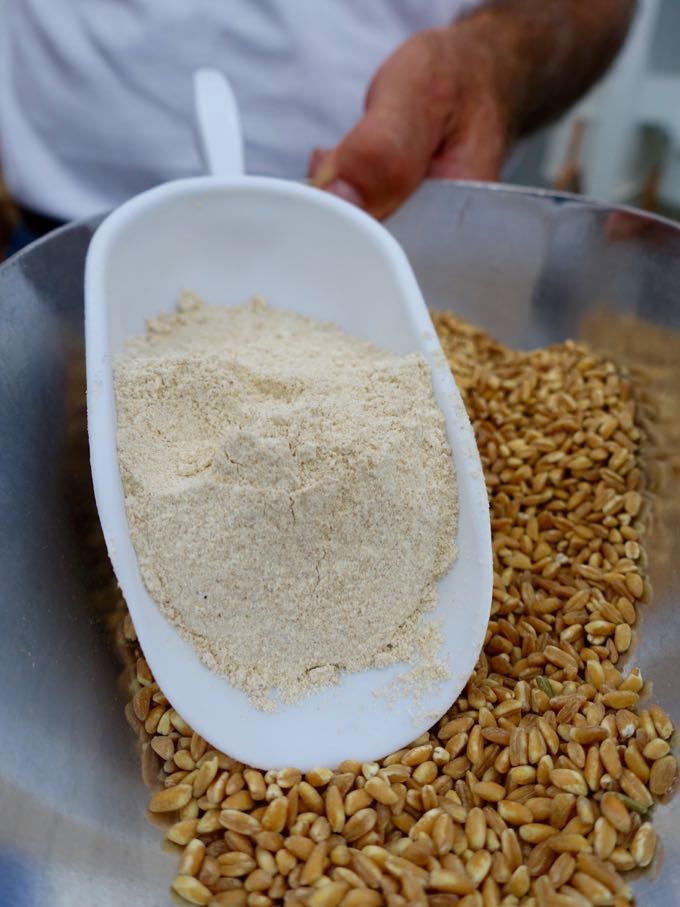
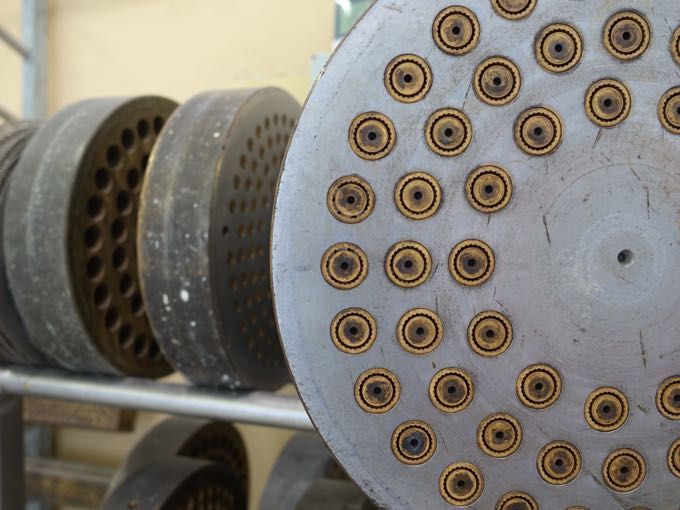
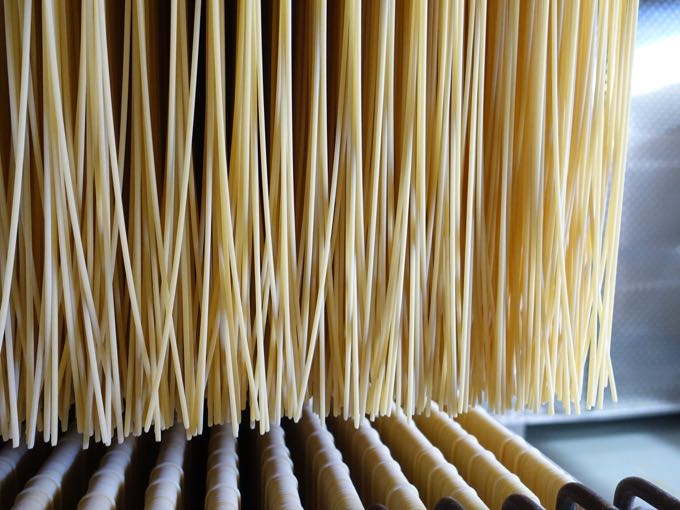
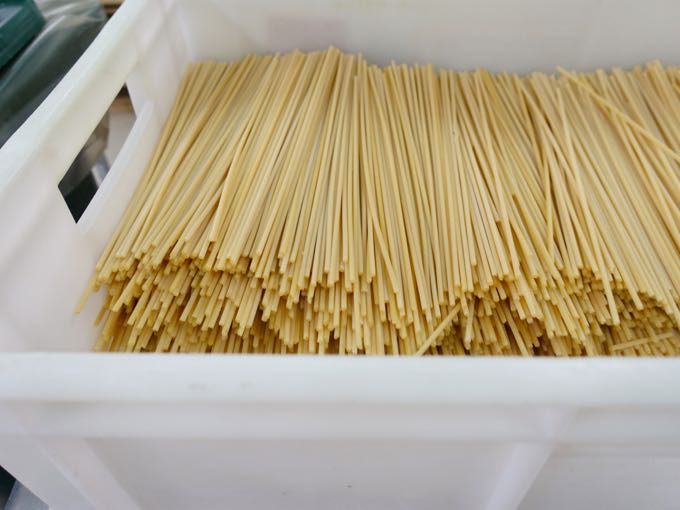
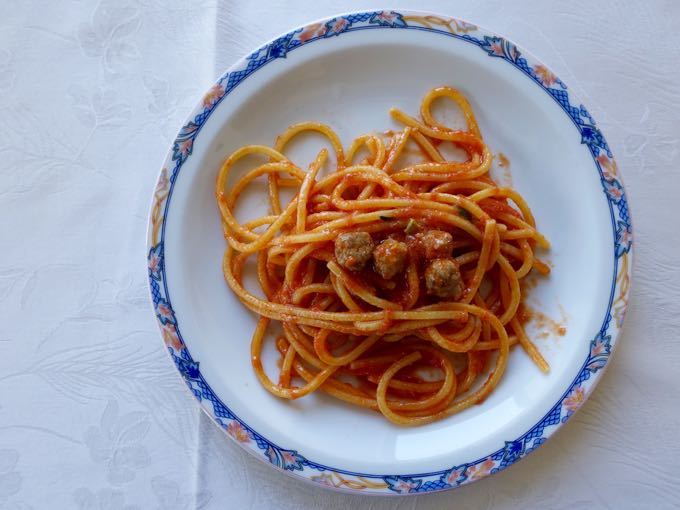
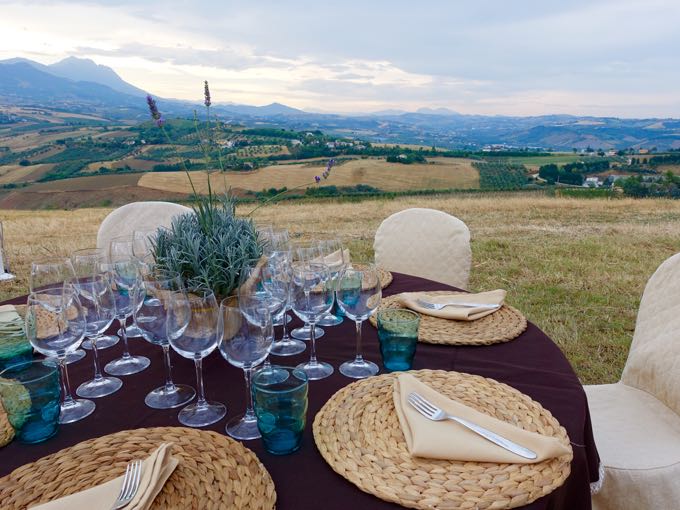
So interesting! Thank you!
Here we have various supermarket brands (passable) and DeCecco which costs about double the store brands and does taste better. Do you know that brand? How does it measure up against those you listed?
Unfortunately those are all highly industrial brands. Not only do they dry their pasta at high temperature, who knows what is really in the pasta. So much supposedly ‘Italian’ food is being packaged these days with ingredients from China, that it’s difficult to even trust the safety, even if you aren’t talking about taste and texture.
really enjoy and appreciate these longer in-depth articles on where food comes from and how it’s made, It’s an education I certainly need and am very glad to know more about. Thank you!
Glad to hear it! I obviously enjoy researching these posts, so it’s great to hear that you enjoy them too. Will keep trying to do more of these.
Thank you so much for this post. Some of the supermarkets here in the Copenhagen area do carry artisinal pasta. Now I know the difference and why it is worth paying extra. I’m looking forward to some of the good sphagetti this weekend!
can this pasta be purchased in USA?
Hello Elizabeth, Thank you so much for sharing! Can you recommend any books for making pasta? I am familiar with grams.
Thank you
Janet
10/2/2015
Yes, in fact I’ve listed some through the link at the bottom of this post.
Great post! i read also that the kneading time makes a big difference. the artisanal makers knead much longer (it would be interesting to know how long) whereas in industrial plants like Barilla the whole process of kneading, extruding and cutting takes only 30 seconds!
then it makes sense that they would fast dry it as well…
by the way Barilla in North America is made in the USA, it’s not even imported anymore. I find De Cecco 10 times better, but it does not not compare with artisanal quality. I really like Cavalieri and most pasta from Gragnano,
I’m not sure about the timing of the kneading. It’s actually much shorter than you think, and the ‘dough’ is actually quite grainy when it is pushed through the dies. But certainly the entire process is much much longer at plants like Rustichella. I think they make in a week, what Barilla processes in an hour. And yes, I know Barilla is now made in the States, and one of my favorite bands is Cavallieri and I love Faella from Gragnano too.
Hi!
I’m going to Sicily (Palermo) tomorrow 🙂 Is the mill you mentioned open for public visits?
Do you have any other tips for Sicily?
I have a few things planned, but I don’t mind some insider tips 😉
Bye Christiane
The Mill is Molini del Ponte, in Castelvetrano. You can stop by to buy pasta or flour, but not sure it is open to the public for visits. I will be writing about it tomorrow. Modica was wonderful, and I’ll be writing about B&B Talia which I loved, and the chocolate maker Bonajuto.
Great story. I LOVE everything about your blog! I, too, enjoy the more in-depth stories that describe where our food comes from. I recently wrote a story about harvesting wheat in Kentucky. Perhaps you would be interested? http://judyschickens.org/2015/06/30/farming-equipment-101-growing-winter-wheat/ Thanks for setting a high bar in all you do. You really are an inspiration. Judy
Thanks!!!